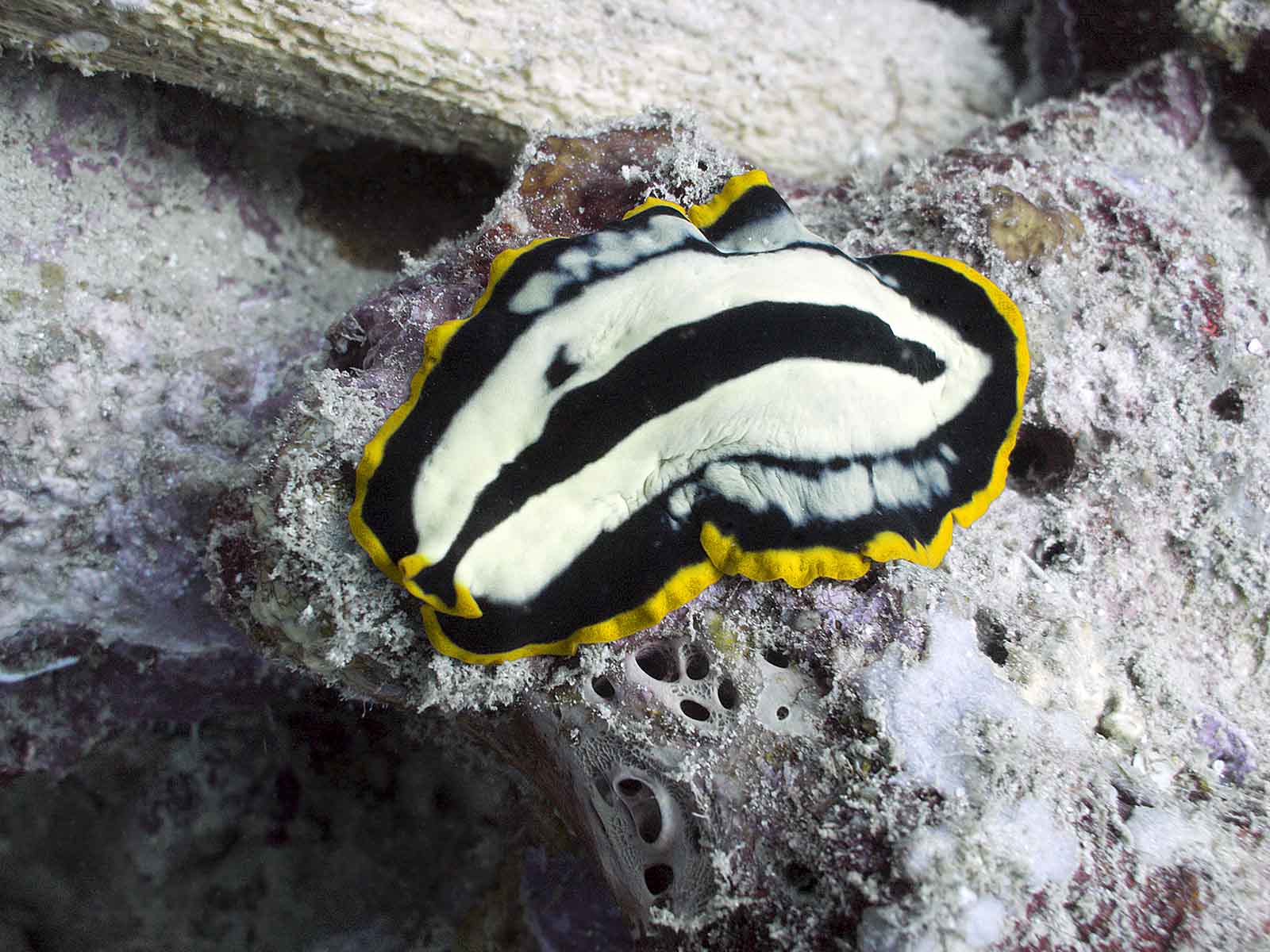


They are also known as Plathelminthes or. Also, in first-world countries, regulations on domestic cattle prevent infected meat from reaching the human hosts. Platyhelminthes are a Phylum of Bilaterian, Unsegmented, Soft-Bodied, usually Flattened Invertebrate Animals. Effective treatments are now available for these infections. Schistosomiasis, caused by one genus of trematodes, is the second most devastating of all human diseases caused by parasites, surpassed only by malaria. Some do enormous harm to humans and their livestock. cestodiasis flatworm, or platyhelminth, Any of a phylum (Platyhelminthes) of soft-bodied, usually much-flattened worms, including both free-living and parasitic species. The main reason for this is that they may infect humans, pets and farmyard animals, and this was a problem. Planaria is actually a genus.įlatworms are one of the invertebrate groups which are studied in school biology. Turbellaria: free-living flatworms, sometimes called 'Planarians'.Cestoda (Tapeworms): internal parasites.Trematoda (Flukes): internal parasites.Most flatworms (over 50%) are parasitic on other animals. These are mostly found in freshwater rivers or streams and are of the Turbellaria class. They are usually black and can easily be mistaken for debris. Most free-living flatworms found in Britain are very small ranging from 5mm to less than 1 cm. The greatest regenerative powers exist in species capable of asexual reproduction. Turbellaria Turbellarians, planaria particularly, have been commonly used in regeneration research.

Since then, it has destroyed most of the indigenous earthworms. Regeneration The ability to undergo tissue regeneration, beyond simple wound healing, occurs in two classes of Platyhelminthes: Turbellaria and Cestoda. It was brought there by accident in the 1960s. It is an invasive species which colonized large areas of Ireland and Scotland. Flatworms can be found in marine, freshwater, and even damp terrestrial environments.Ī troublesome terrestrial example is the New Zealand flatworm, Arthurdendyus triangulatus. With about 25,000 known species, they are the largest phylum of animals without a body cavity. Immature forms burrow through the skin into the blood.Flatworms ( Platyhelminthes, Greek "platy"': flat "helminth": worm) are a phylum of invertebrates.


 0 kommentar(er)
0 kommentar(er)
